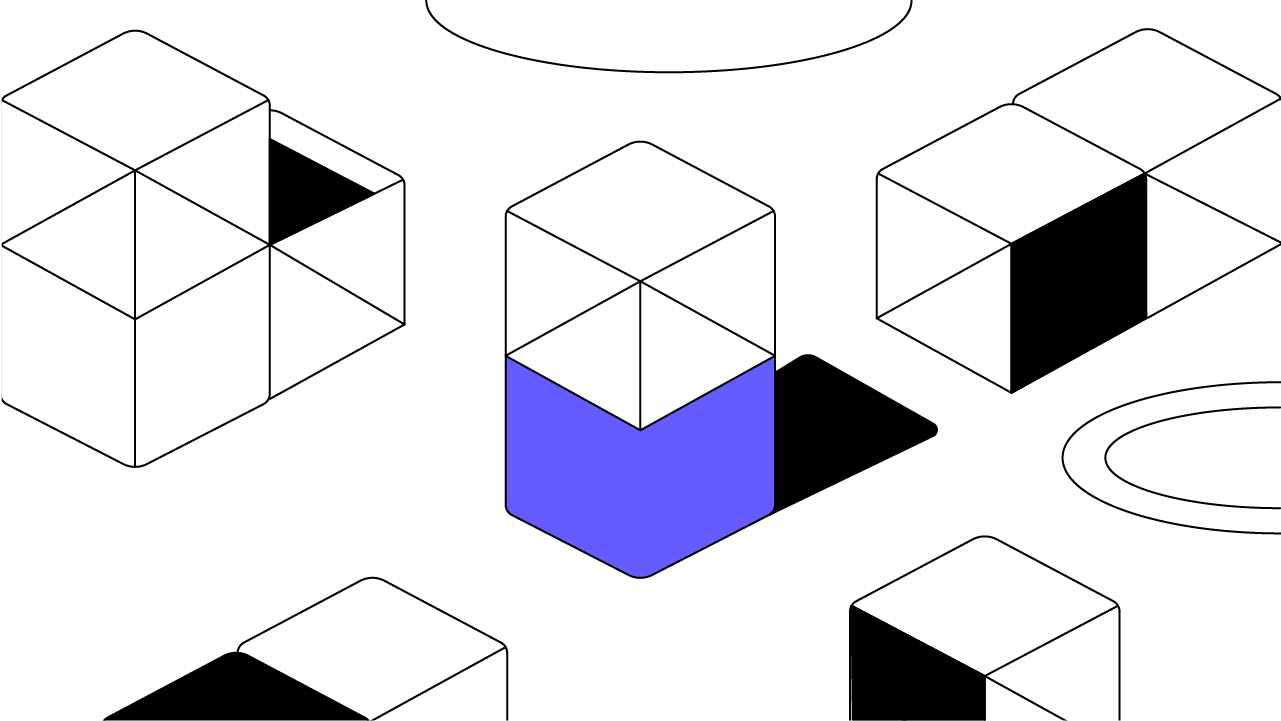Contents
Waves: A Gateway to the Decentralized Web
A blockchain network and Web3 portal with a suite of tools that allows developers to build cutting edge dApps.
Updated June 21, 2021 • 4 min read

Summary
The Waves blockchain network delivers a developer-friendly environment to deploy decentralized infrastructures. Through its unique Leased Proof-of-Stake (LPoS) consensus mechanism and the scalability-enhancing Waves-NG protocol, Waves specializes in tokenization, smart contracts, hybrid enterprise solutions, cross-chain and oracle integrations, and DEX protocols.
What Is the Waves Blockchain Platform?
Waves provides a gateway to the decentralized ecosystem of Web 3.0 dApps and products. A blockchain network at its core, Waves also features a diverse collection of developer-centric tools that serve to streamline the delivery of retail blockchain solutions. For developers, the platform facilitates the creation of tokens, simplifies smart contract development, and executes peer-to-peer (P2P) trading on a fully integrated decentralized exchange (DEX) protocol. Similar to how the MetaMask browser plug-in provides access to the Ethereum network, the Waves Keeper browser extension provides access to decentralized applications (dApps) on the Waves blockchain.
Waves Blockchain Consensus: Leased Proof-of-Stake (LPoS)
The Waves blockchain is built with a Proof of Stake (PoS) consensus mechanism. Under this model, the more tokens a Waves node holds staked on the network as collateral, the more likely it is to generate the next block and receive its corresponding transaction fees. As such, participants receive block generation opportunities that remain proportional to their stake in the network. However, Waves developers have also built unique functionality into the traditional PoS model to protect the network against attacks and improve network distribution. This improvement, known as Leased Proof-of-Stake (LPoS), allows token holders to lease the tokens to Waves nodes and earn a percentage of the corresponding transaction fee as a reward.
How the Waves Crypto Platform Improves Scalability: Waves-NG
The Waves platform uses a protocol called Waves-NG (Next Generation) that’s designed to serialize transactions and improve blockchain scalability. The Waves-NG protocol results in lower latency and higher throughput, so that transaction confirmations occur in seconds rather than minutes. Assuming the average time between validating two blocks, known as the block interval, is static, the maximum block size restricts blockchain throughput. This relationship exists because the number of transactions included in a block of transactions is dependent on block size.
The Bitcoin-NG protocol utilizes network architecture that neither increases block size nor block intervals. Instead, the protocol divides time into periods or epochs. In each epoch, a specific leader is responsible for serializing transactions to generate blocks. In this system, key blocks determine these leaders, and microblocks handle ledger records.
Waves-NG builds on a framework popularized by Bitcoin-NG (Bitcoin Next Generation), but introduces mechanisms that further address the tradeoffs between latency and throughput to optimize scalability. In particular, Waves utilizes liquid blocks, which means it breaks down transaction blocks into key blocks and smaller microblocks, the latter of which are farmed out between nodes and transacted rapidly before being published to the network.
Here’s how it works:
A miner node is elected as a leader to generate a liquid block utilizing the PoS consensus mechanism.
This leader creates and sends the first key block, which does not include any transaction data but does include the coinbase transaction, allowing the leader to earn the block reward.
The leader then creates and sends a chain of microblocks with a three-second mining time interval. These microblocks include transactions that reference a previous microblock or the first key block.
These microblocks are published to the network until the next leader is chosen to generate a new liquid block.
When the next leader publishes a new key block all microblocks that were previously generated are merged into the first key block and the process repeats itself.
More specifically, the node that generates the key block becomes the leader and receives permission to develop microblocks at a predetermined maximum rate. Unlike key blocks, microblocks don’t require the use of PoS — only the elected leader’s private key is necessary to sign microblocks. Since microblocks are generated at a very high speed by the elected miner and don’t contain PoS data, transaction speeds improve significantly.
As is the case with Bitcoin, the leading miner receives a reward. However, unlike Bitcoin, the Waves crypto protocol assigns 40% to the leader and 60% to the subsequent leader. If a leader attempts to generate two microblocks with the same parent block, resulting in a fork, their subsidy revenue is revoked and the reporting party earns a fee.
The Origin of Waves: Tokenization and Smart Assets
Since its earliest iterations, tokenization has been at the core of the Waves platform. In the blockchain industry, tokenization refers to the generation of tradable security tokens (STs) that represent underlying assets. Assets with intrinsic value like fine art, real estate, cars, and even company ownership can undergo the process of tokenization. At the core, tokenization emulates traditional securitization; it merely occurs on a blockchain network. Like securitization, the process of generating tokens enables fractional ownership and improves liquidity.
Typically, minting tokens is a complex process that requires smart contract development. These smart contracts dictate token features such as issuable quantity, individual value, available denominations, and even token name. However, the Waves platform simplifies this process. Instead of writing smart contracts, token issuers attach scripts written in Ride, the developer-friendly language native to Waves that significantly eases the process of deploying tokens, smart contracts, and dApps.
A Wave of Innovation
Although the Waves crypto network has roots in low-code deployment, the team has kept up with industry trends by deploying new protocols to create more simple paths to executing applications that keep up with the fast-moving blockchain industry.
Waves Exchange (previously Waves DEX): The Waves Exchange protocol was brought to market in 2019 in response to the growth of decentralized finance (DeFi). The platform is non-custodial and charges a fixed 0.003 WAVES per filled order compared to the variable gas costs paid on Ethereum DEX protocols. The protocol also supports staking of select assets, allowing token holders to earn a variable annual percentage rate (APR).
Smart Contracts: Waves brought smart contract functionality to its platform in 2019 in response to the rise of decentralized application (dApp) development. These smart contracts leverage the Ride coding language, a more straightforward process for developers than developing on blockchains like EOS, TRON, and Ethereum.
Gravity: Achieving interoperability between networks is a key goal of platforms building in the decentralized ecosystem today. In response, Waves has brought Gravity to market as a decentralized cross-chain and oracle network that supports blockchain-agnostic integrations.
Oracles: Oracles offer a solution to the challenge of accessing on-chain data. Oracles act as a link to the real world, and developers can build their own using Waves. The Gravity protocol facilitates the transfer of data from the outside world and different blockchains.
Neutrino: As Waves’ entry into the DeFi space, the Neutrino protocol allows for crypto-collateralized tokens with an interchain toolkit that facilitates frictionless access to the wider DeFi ecosystem.
Waves Enterprise: Enterprises often require a mix of public and private permissions when implementing blockchain solutions. Wave Enterprise delivers this built environment to build out additional security on decentralized platforms.
In an increasingly crowded marketplace for layer one blockchains, the Waves blockchain platform has long been a standout network due to the reflexivity of its team in providing updates to its code that facilitate ease of deployment for developers and startups. As demand for blockchain solutions grows, Waves may be well positioned to capitalize and earn market share.
Cryptopedia does not guarantee the reliability of the Site content and shall not be held liable for any errors, omissions, or inaccuracies. The opinions and views expressed in any Cryptopedia article are solely those of the author(s) and do not reflect the opinions of Gemini or its management. The information provided on the Site is for informational purposes only, and it does not constitute an endorsement of any of the products and services discussed or investment, financial, or trading advice. A qualified professional should be consulted prior to making financial decisions. Please visit our Cryptopedia Site Policy to learn more.

Is this article helpful?


